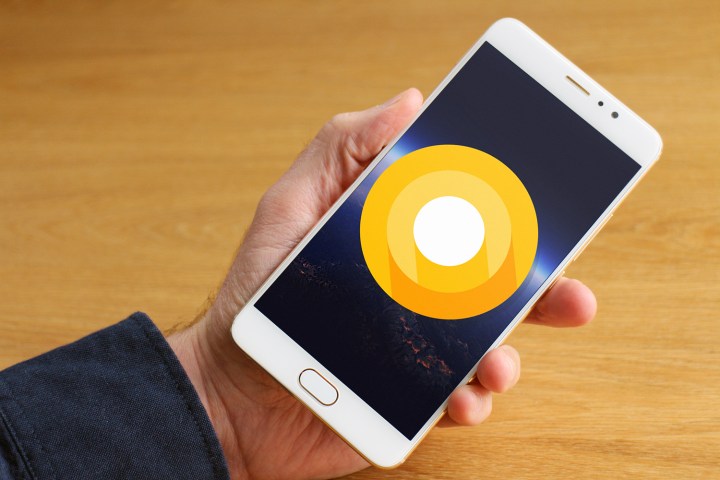
New to Android O is notification snoozing. After dragging a notification to the right-hand side of the notification shade, a clock-shaped icon appears — tapping on it brings up a list of time increments. Tapping one schedules the alert to appear later.
Android O implements “attention-based sorting” — in essence, new hierarchies of alerts that

- Major Ongoing notifications, the highest-ranked notifications, are for high-priority tasks like turn-by-turn navigation and music playback controls.
- People-to-People notifications include alerts from messaging apps. They’re ranked more highly than others, and they expand up to to three lines of text — giving you a preview of emails, texts, and other messages.
- By the Way notifications show a single line of text that can be expanded with a tap — like a weather or traffic alert. They don’t appear on the lockscreen.
- General notifications is a catchall for notifications that don’t fit into the other three categories.
The new notifications framework dovetails with another new Android O feature: Channels. They’re custom categories of notifications from specific apps that include a set of behaviors, like vibrating or triggering a ringtone.
Google used an airline app as an example. One of the app’s channel might include flight updates and fare alerts, while another, separate channel might show rewards points reminders.
In Android O, you can swipe to see the name of the channel in the notification pane, and switch off the ones you want. Alternatively, you can hop into a notifications settings screen that shows the app’s name, a shortcut to the app’s storage settings, a toggle that blocks all of the app’s channels, and a list of the app’s channels.

Beyond notification categories and channels, Android O makes it easier to see which alerts need your attention. Animated dots over app icons indicate new messages, emails, or other content. And developers can color notifications manually (otherwise the background changes based on app content — music controls show album artwork, for example).
The onus is on developers to implement all these features, of course, but Google’s doing its part to spur them along. Starting with Android O, notifications and notification channels will become mandatory — developers who target the latest software development kit must tap into the new systems.
Editors' Recommendations
- The 6 biggest announcements we expect from Google I/O 2024
- These are the best Android 15 features you need to know about
- Google is launching a powerful new AI app for your Android phone
- Your Android phone is getting lots of fun new features this month
- Don’t update your Pixel phone — a new Android update might break it
